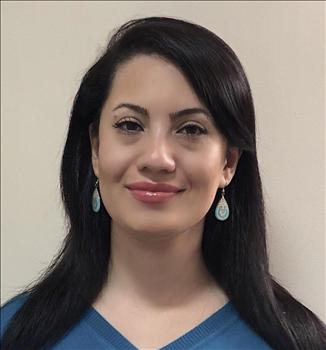
 Speaker "Qazaleh Mirsharif" Details Back
Speaker "Qazaleh Mirsharif" Details Back

-
Name
Qazaleh Mirsharif
-
Company
Figure Eight
-
Designation
Data Scientist
Topic
Building computer vision tools to study and evaluate the development of visual attention in infants
Abstract
It is still unknown to developmental researchers how infants begin to recognize objects visually, interact with them and assign names to those objects. Developmental researchers have been observing child-parent interactions during table top toy play experiments using multiple cameras including head cameras mounted on child and parent. They process and analyze the large volume of data frame by frame and manually to study the development of visual attention in infants. Recent advances in head cameras provides new opportunities for computer vision researchers to build computational models that help developmental scientist, process videos and evaluate infant’s visual attention in a new way, faster and more accurately. Such models can reveal new patterns in the developmental process of visual attention in infants which cannot be discovered by human eye as head cameras are in constant motion due to large and random head movements generated by infants. In this presentation, we explain how we developed computer vision models to study the development of infant’s visual attention on objects and gestures and evaluate the results.